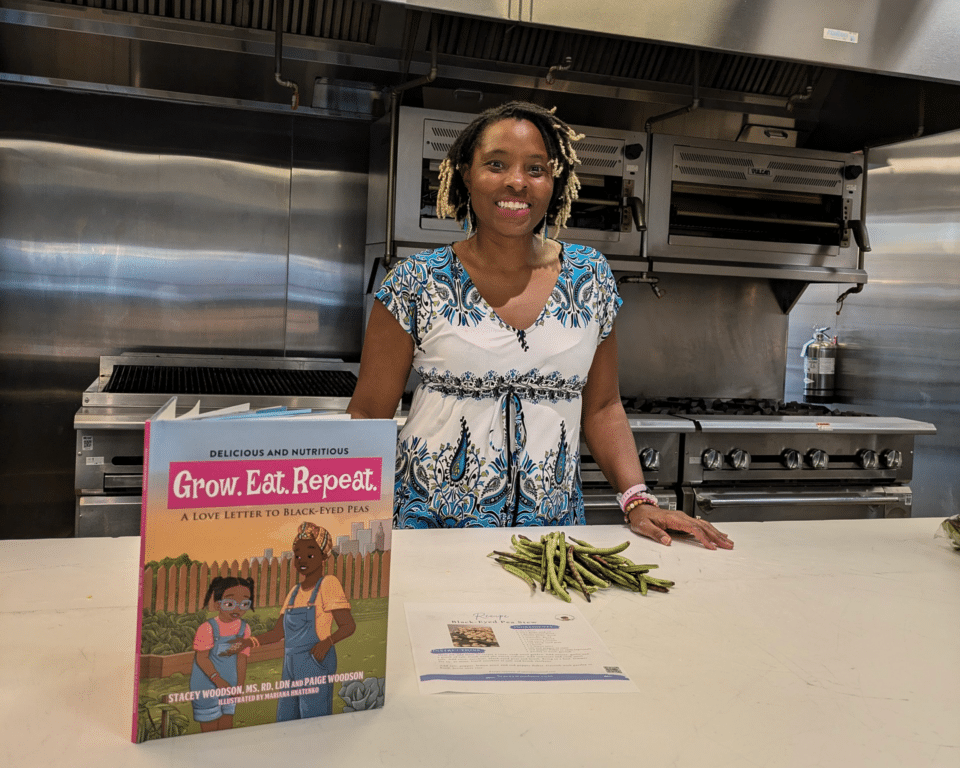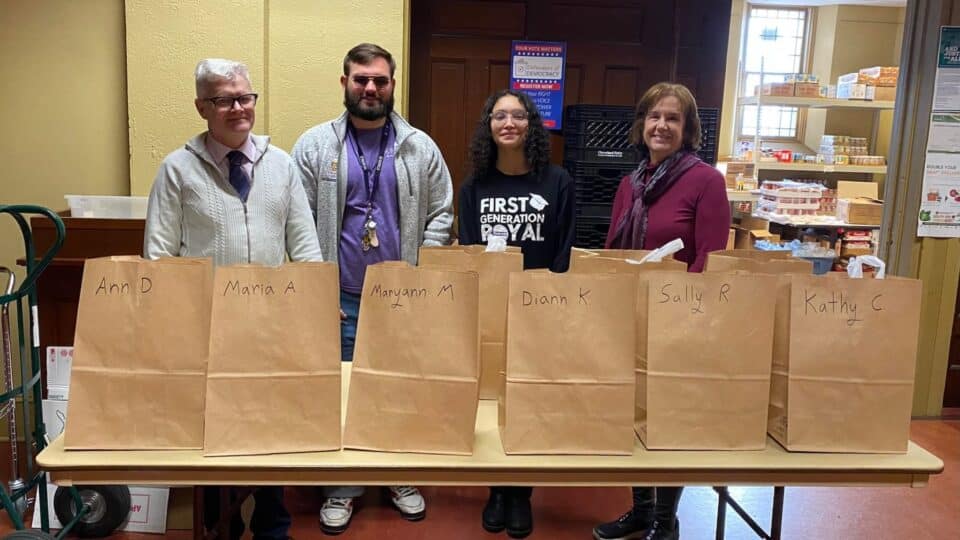Even as things in our society and economy shift and evolve, some things remain consistent. And, sadly, one of those things is food insecurity. Year after year, millions of people face hunger — it’s a problem that exists in every county in the U.S. and impacts 40 million Americans. This staggering figure includes more than 5 million seniors and 12 million children. Closer to home, here in Pennsylvania, one in every nine people is at risk of going hungry — that’s 2 million of our friends and neighbors. So what can we do to help? September is Hunger Action Month, and a great opportunity to lend your support.
Hunger Action Month is Feeding America‘s nationwide campaign to bring awareness about and create action around food insecurity. There are lots of ways to get involved, and so many of them are quick and easy!
Volunteer
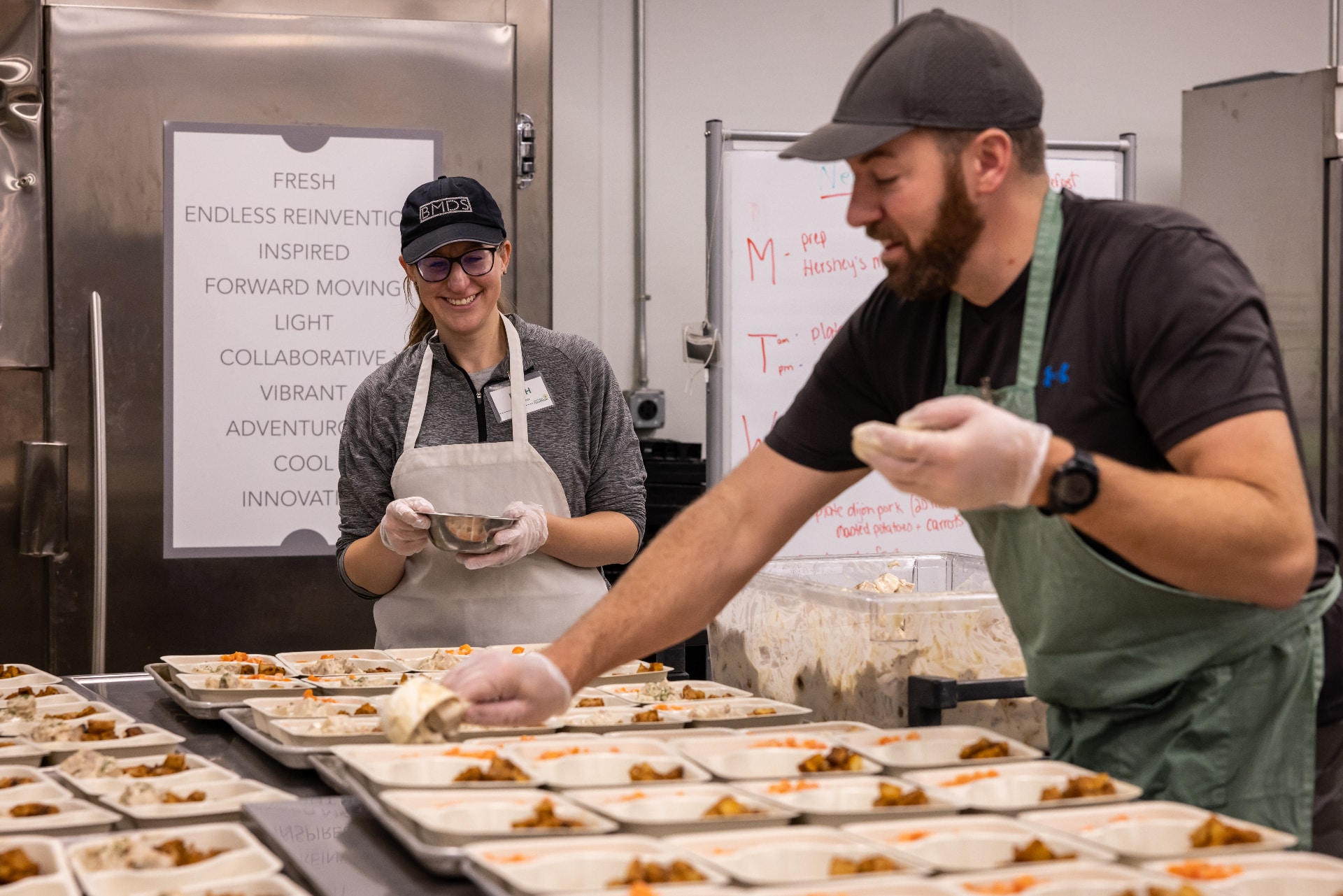
Food banks and pantries are always in need of volunteers. Find one close to your home using Feeding PA’s location tool, and then call or send an email to find out where they need extra hands. Even giving a few hours of your time on a Saturday morning can help these organizations serve more people.
Volunteer tasks generally fall into two broad categories: preparation and distribution. Food preparation could range from gardening to meal preparation and packing boxes or bags according to pantry specs and family requests. On the distribution side, there’s serving meals, handing out boxes and bags and delivery plus the logistics involved to ensure food reaches recipients. Banks and pantries may also need help with back-end tasks as well. This might be stocking shelves, cleaning or organizing.
In general, you don’t need experience to volunteer at a food bank or pantry as they’ll train you on-site. Take a peek here to find out what to expect during your first trip to a PA food pantry. Many tasks involve physical demands like lifting and carrying, so keep that in mind as you sign up. The shifts vary, depending on how distribution is scheduled. Many food banks have weekday shifts, while others are on weekends.
Members of the PA Eats board have enjoyed volunteering at the Chester County Food Bank in Exton, Pennsylvania, packing up frozen meals and sorting and packaging fresh produce. It’s a great team-building opportunity, and an eye-opening experience at just how much work it takes even well-organized food banks to process and distribute food.
When you do volunteer, post a photo of yourself and tag @feedingpa and @feedingamerica, along with the hashtag #HungerActionMonth. Seeing you on social media might just help to encourage your friends and followers to take their own actions through volunteering, donations or advocacy! Know that your time and energy is greatly appreciated and impactful.
Donate Food
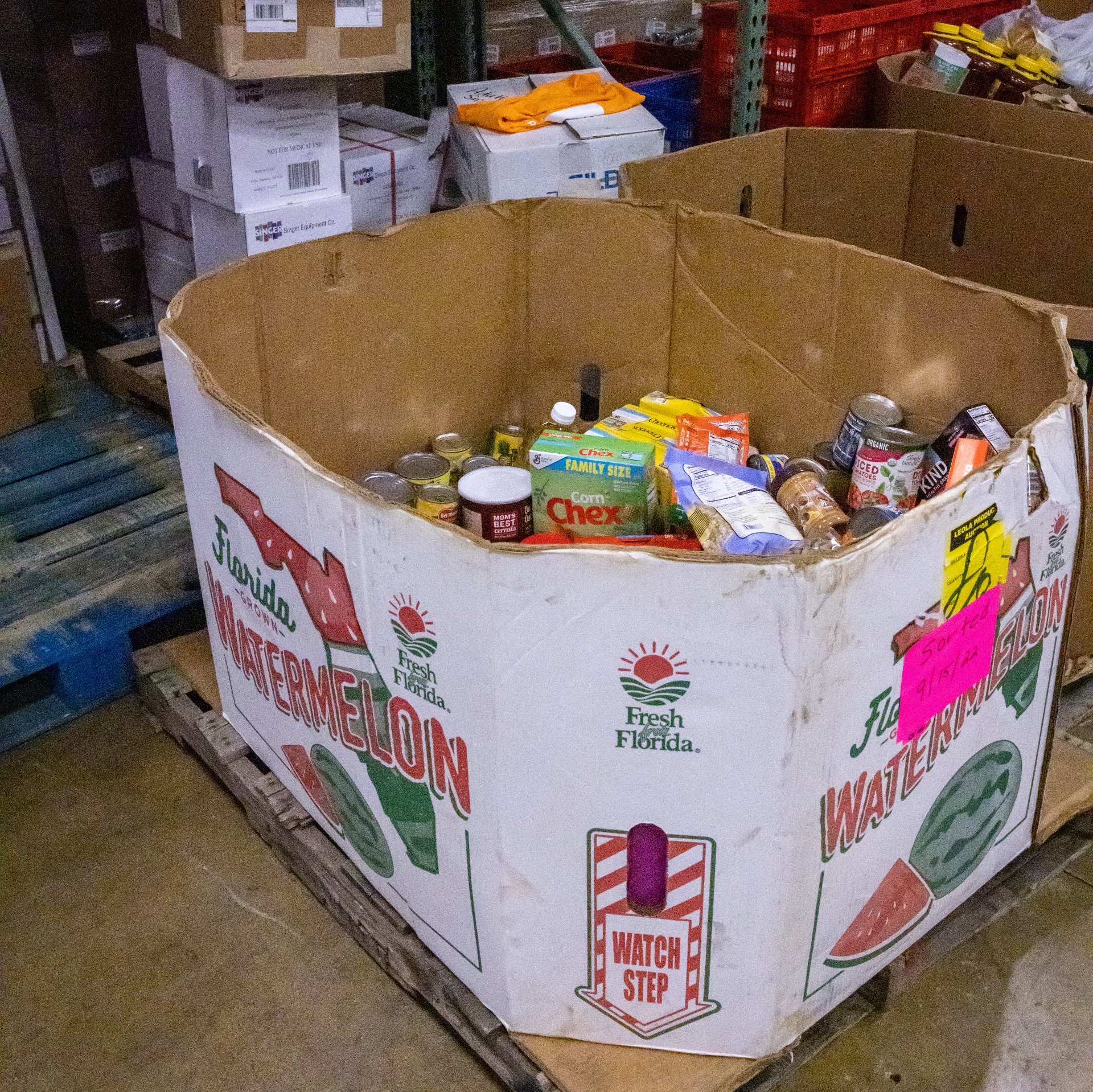
As the prices of pretty much everything keep climbing due to inflation, food banks are in dire need of food. Every little bit helps!
One great way to collect a significant amount of food is through a drive. You can organize one on your own, join forces with friends and neighbors, or go through organizations like school, youth clubs, church or other community groups.
To make the biggest impact, call or visit your local food bank or pantry’s website to find the items that they need most, and set donation stipulations accordingly. Some items are in near-constant need, while others are not best for donation. Items like peanut butter, canned soup, fruit, beans and fish, pasta and sauce and brown rice are typically always welcome. Avoid donating expired or leftover food, baked goods and food that requires refrigeration. Your local bank or pantry can provide you with the best list of items currently needed in your community.
Also, make sure the timing is right. Coordinate with the agency so they can plan ahead and don’t have too much (or too little) coming in at once. Then, promote your drive and have a designated collection site where people can drop food and be on their way. You might wish to have this open for one day, a week or more. When the drive ends, collect and bring the food to your local food agency at a time that works for them!
Donate Money
The only thing more helpful to food banks than food donations are monetary donations, and Hunger Action Month is a great time to give. Many are struggling to keep up with demand, and funding helps them to stretch their buying power to provide even more food and resources for their clients. Your dollar tends to go much farther than a food donation, alone. This is because food banks combine monetary donations with existing food sources and labor, creating far greater impact. Additionally, food banks are able to use donated funds to purchase based on specific needs at better, bulk rates and with less transportation costs.
Where does your money go? Lots of places. For one, it allows food banks to purchase more food based on the needs of its community and to add healthy perishable and non-perishable items into the mix. As mentioned, banks often access to better prices than an individual consumer might. Money also goes towards programming, a key component of many food agencies. This allows for more holistic support, with programs like nutrition, cooking, and gardening education and associated costs for staff, transportation, supplies and space. There are also major operational costs for food banks and agencies that include employee salaries, refrigeration, communications, transportation resources and preparatory supplies and materials.
To support nutrition education, consider supporting PA Eats and our Nourish PA series. This joint project with Feeding PA develops videos and recipes which are distributed to dozens of food pantries around the state. These videos and recipes teach folks how to use ingredients commonly found at food pantries and to turn them into healthy, affordable meals.
As a bonus, all donations are tax deductible!
Share Info on Social Media

Knowledge is power. If you’ve read impactful articles or seen news segments about food insecurity, share them on social media! Hunger is a topic that gets more attention around the holidays, but it’s truly a year-round issue. Sometimes a little reminder to your community during Hunger Action Month is all it takes to get people energized and ready to pitch in.
Here are a few articles from PA Eats that are great for sharing:
- What to Expect During Your First Trip to a Pennsylvania Food Pantry.
- Recipes and videos from our Nourish PA and Nourish PA for Kids series.
- 412 Food Rescue Tackles Food Waste and Food Insecurity with Volunteer Power and Technology.
- Dignity and Autonomy: How Double Trellis Food Initiative Feeds Food-Insecure Philadelphians.
- Fighting Food Insecurity in LGBTQ+ Communities in Pennsylvania.
Advocate
Advocacy helps draw attention to the real world needs and results of legislative decisions around food insecurity.
A major upcoming issue is the Farm Bill, a massive package of legislation that passes every five years. It covers all things food and agriculture including farm crops, conservation, forestry and energy. Perhaps most pertinent to food security, it covers SNAP and other nutrition programs helping low-income families afford food. The last Farm Bill expired in 2023 with the current draft due for vote on September 30, 2024.
There are some strong points in the draft, but some serious areas of weakness, too, and Feeding PA urges citizens to reach out to their Congressional representatives in the House and Senate Agriculture Committees, who draft and vote on the bill.
Specifically, it suggests asking for increased funding for The Emergency Food Assistance Program (TEFAP) and that the SNAP program keeps pace with rising grocery prices. Head to the Feeding America website for an easy scripted form to read, sign and submit with a few clicks.
Make Connections
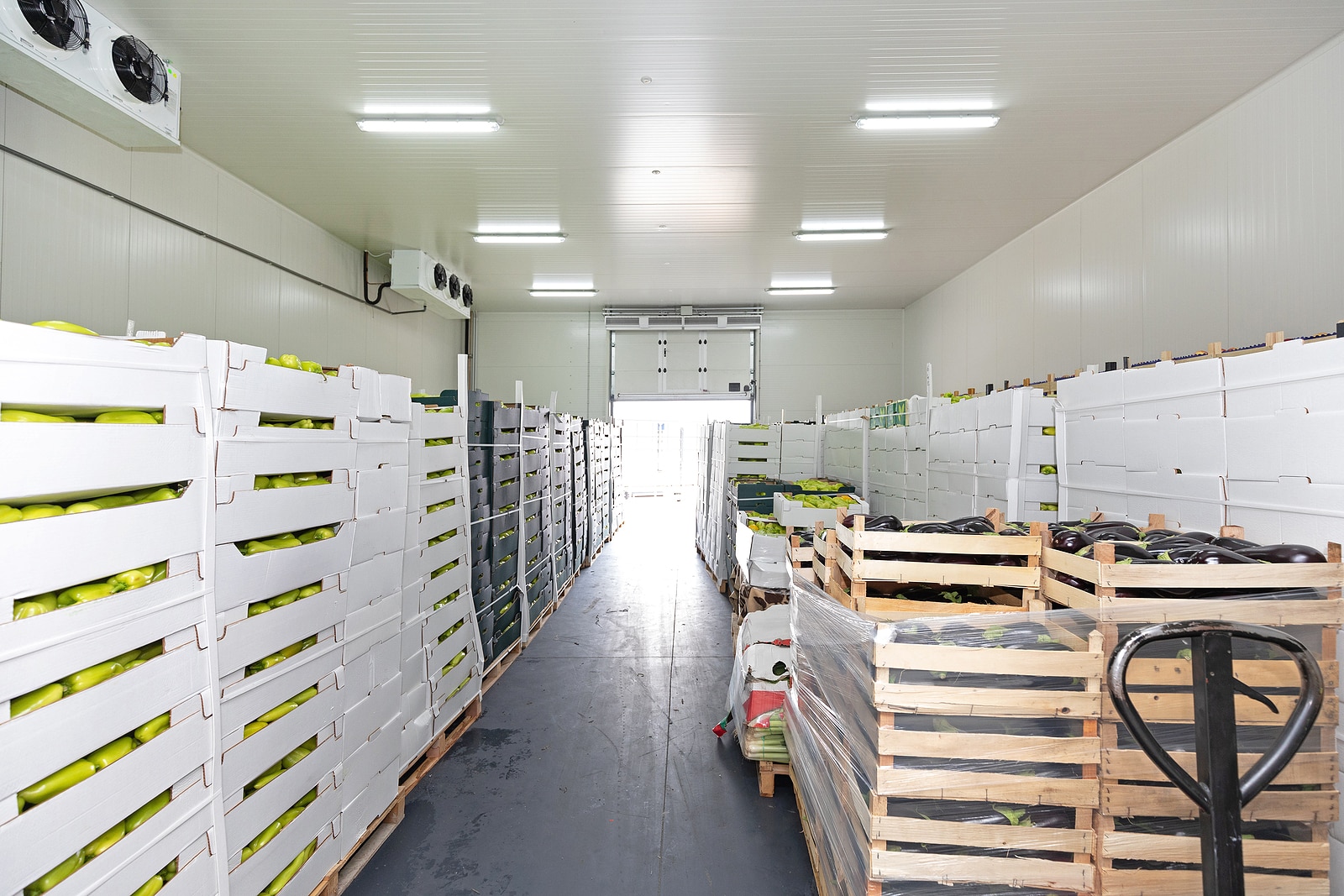
It’s estimated that up to 40% of the country’s food supply goes to waste. Considering the rise in food insecurity, this is an unacceptable predicament. When it comes to food waste and food insecurity, a simple connection can make a big difference.
Many food banks and agencies have open channels for local restaurants, farms, grocery stores and producers to provide ongoing donations. It’s estimated that businesses donate roughly 3 billion meals to Feeding America annually. Farmers of all sizes donate crops, while food businesses, restaurants and bakeries donate items like milk, canned goods, meat products or boxes of bread.
You can help to make that connection through introductions and creative thinking with local food businesses, or simply offering to collect and transport the donated items to banks and pantries.
Wear Orange

A simple way to show your support for food security is by wearing orange, the color of hunger relief. Wearing this bright, bold hue signals your support for your community and can open new conversations. Share a selfie online with the hashtags #EndHunger and #HungerActionMonth.
If there’s one day to wear orange, it’s Tuesday, September 10th, aka Hunger Action Day. But you can mix this color into your wardrobe all month long to show your support!
Stay Informed
Hunger is a complex and complicated issue, and informing yourself can be the first step toward figuring out how you can best help in the fight against it. Not sure how food insecurity might be affecting your community? Visit the Feeding PA website for all kinds of helpful resources, information and statistics. Share Food Program also offers tons of information, resources and news about food insecurity. You can follow them both, plus Feeding PA’s nine partner food banks on digital channels:
- Feeding Pennsylvania: Facebook // Instagram
- Share Food Program: Facebook // Instagram
- Central Pennsylvania Food Bank: Facebook // Instagram
- Greater Pittsburgh Community Food Bank: Facebook // Instagram
- H&J Weinberg Regional Food Bank: Facebook // Instagram
- Helping Harvest Fresh Food Bank: Facebook // Instagram
- Mercer County Food Bank: Facebook // Instagram
- Philabundance: Facebook // Instagram
- Second Harvest Food Bank of Lehigh & NEPA: Facebook // Instagram
- Second Harvest Food Bank of NWPA: Facebook // Instagram
- Westmoreland County Food Bank: Facebook // Instagram
Podcasts a great way to delve deeper into the issues and learn from experts. The Leading Voices in Food by the World Food Policy Center is super informative. The Edible Activist, hosted by Melissa Jones, offers narratives and perspectives of Black people and people of color in food and agriculture, stewarding land, working on healing, and advocating for food justice. Feeding America also put out Elevating Voices, Ending Hunger, which doesn’t have new episodes but still provides lots of great information.
Finally, educate yourself to vote wisely, keeping an eye on those representing PA in agriculture committees. Democratic Senator John Fetterman is part of the Senate Committee on Agriculture, Nutrition and Forestry and Republican Representative Glenn “GT” Thompson of the 15th Congressional District (western and central counties) chairs the Congressional House Committee on Agriculture. Both entities make impactful decisions on the Farm Bill. You can also find your U.S. Representative and Pennsylvania State Legislator by entering your location, with whom you can advocate for policy change. The Pennsylvania Senate and House committees of Agriculture and Rural Affairs make decisions on the state level.
How are you getting involved in Hunger Action Month? We want to know! Join in the conversation on the PA Eats Facebook and Instagram pages.
- Feature and first two photos: Alan Johnson for PA Eats
